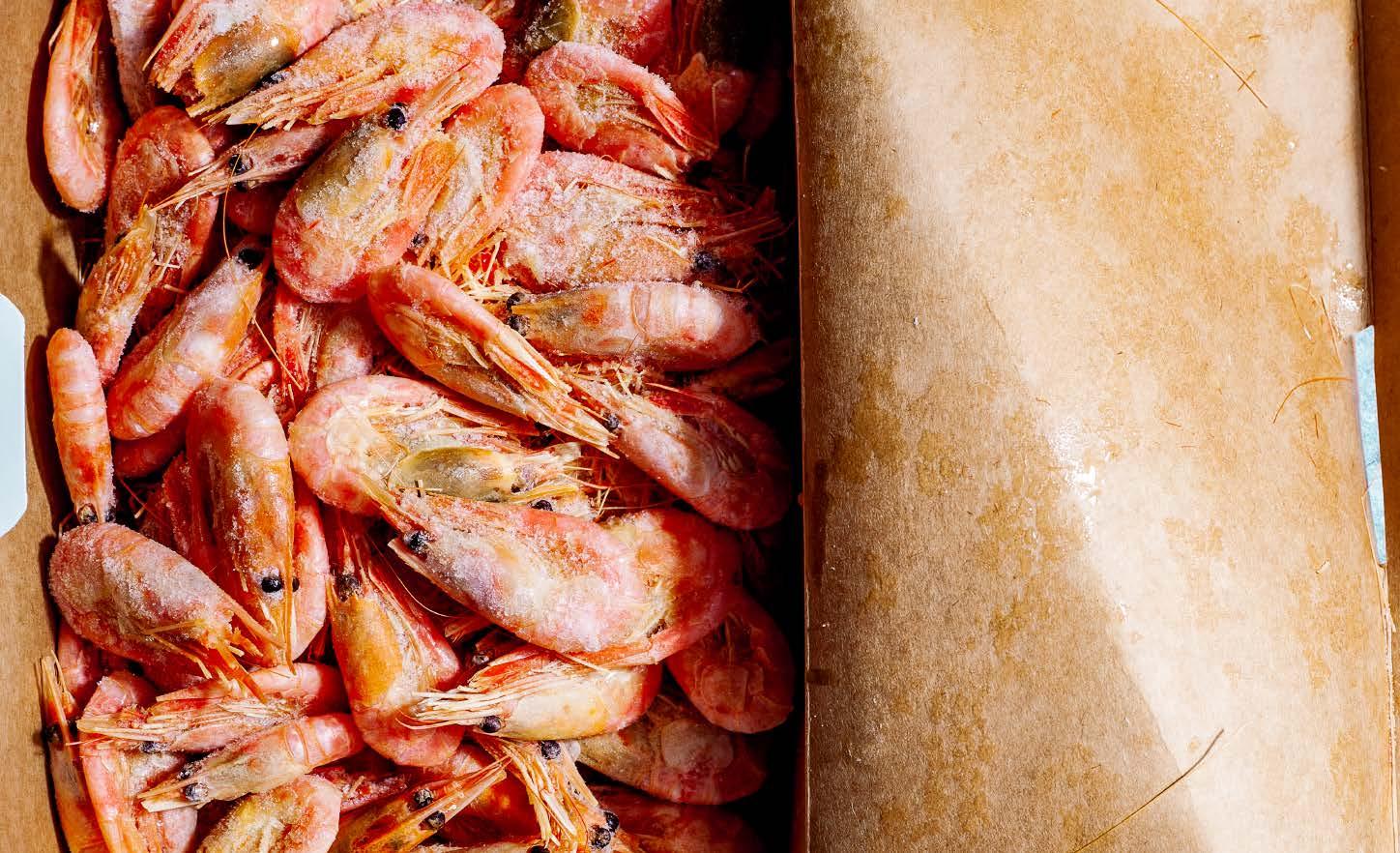
4 minute read
5 ways to net a sustainable future for aquaculture
1.- Moving aquaculture into land-based recirculating systems is one of the best ways to reduce or eliminate the environmental impacts of fish farming.
Recirculating aquaculture systems (RAS) are technologies that create suitable conditions for aquaculture using indoor tanks, pumps, aerators, and filters; with new developments, they can be designed to attain up to 100% water recycling within the system.
The possibilities with land-based RAS are endless. They not only act as a mitigation strategy for traditional aquaculture’s environmental impacts but also allow for aquaculture to take place anywhere, including in urban areas and the desert.
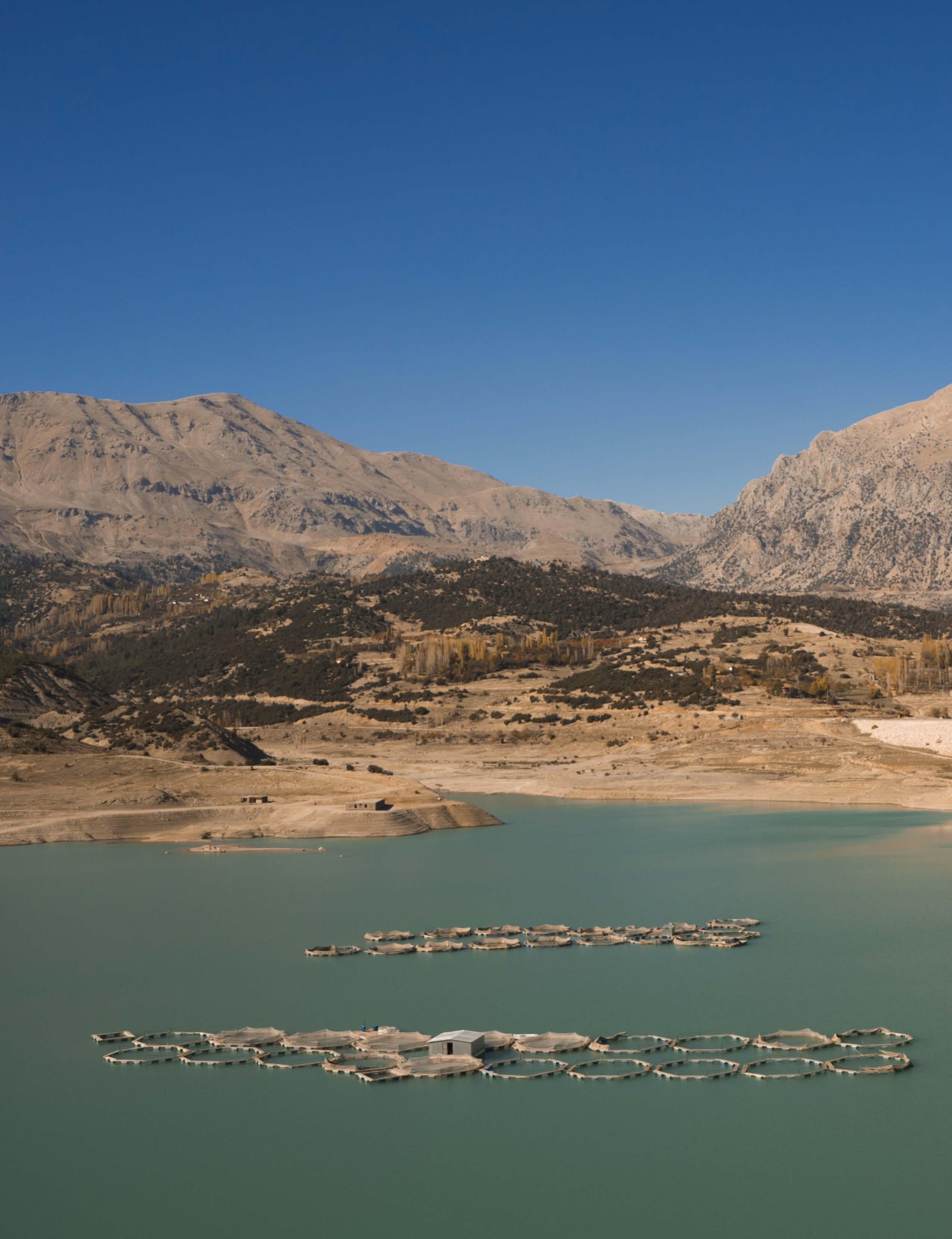
2. Move offshore.
Here’s a fact for you: oceans make up 70% of our world’s surface but furnish less than 2% of our food supply.
Almost all efforts to develop marine aquaculture so far have focused on state jurisdictional waters of the coastal sea, generally situated within three nautical miles of the shore.
Not only that, in offshore waters there are fewer nutrients and less biodiversity than in fragile coastal waters, enabling a faster dispersion of fish waste into the marine food web, with less environmental impact.
These offshore systems are marine net pens that are placed out in the open ocean far from the coastline, and as a result make it a more environmentally conscious option, if land space is an issue and using the ocean is the only alternative.
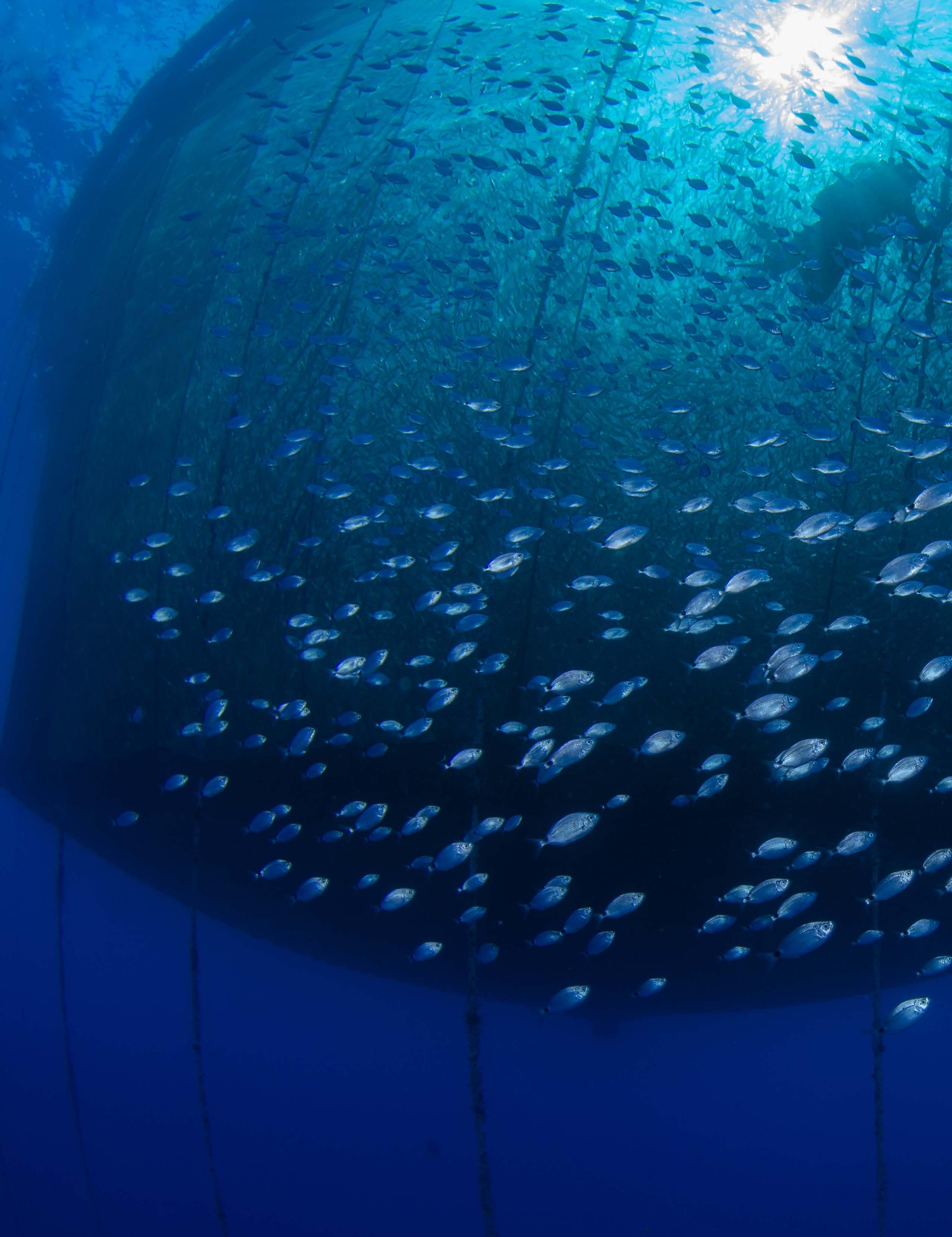
3. Utilize multi-trophic aquaculture (IMTA)
This type of system is a great, costeffective way to reduce nutrient accumulation by using filter feeders to do the job of artificial filters.
So how does it work? Well, multi-trophic aquaculture involves farming of species like shellfish, seaweed and carp alongside your target farmed species – salmon, trout, or shrimp.
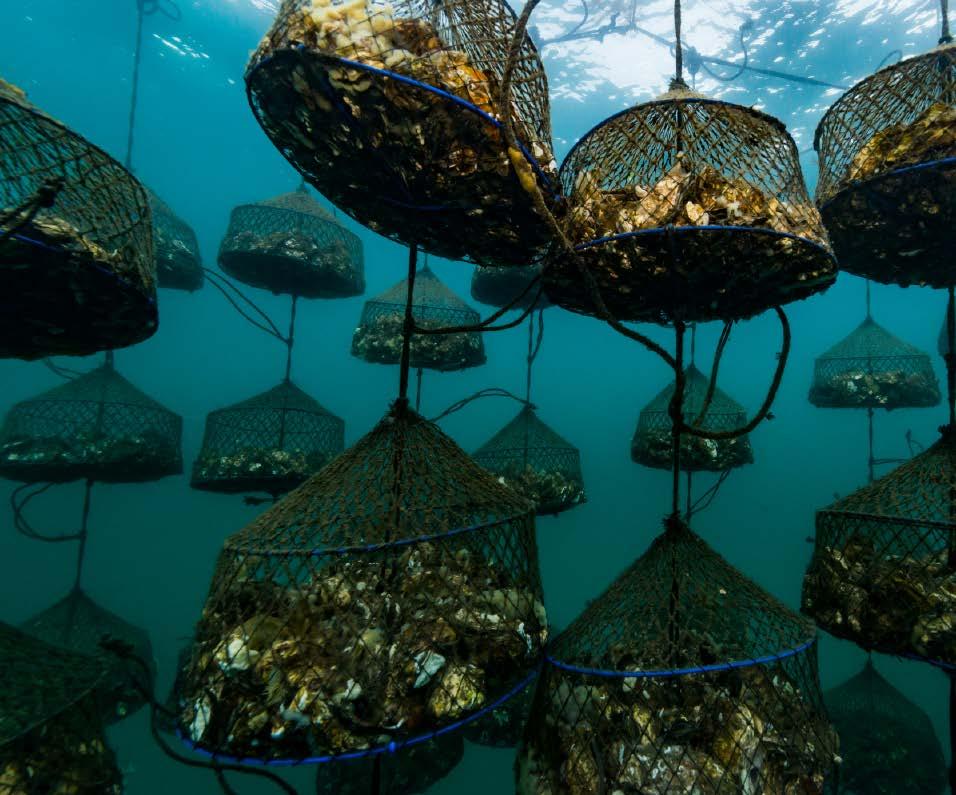
4. Invest in new renewable energy sources.
Some may argue that the cost benefits of using renewable energy sources is still marginal at best. However, when looking at the bigger picture, renewable energy sources could lead to a positive shift in the image of aquaculture.
Investing in renewable energy sources to power aquaculture will help to reduce operating costs and boost competitiveness and profitability – and that’s before we even mention the reduced environmental footprint.
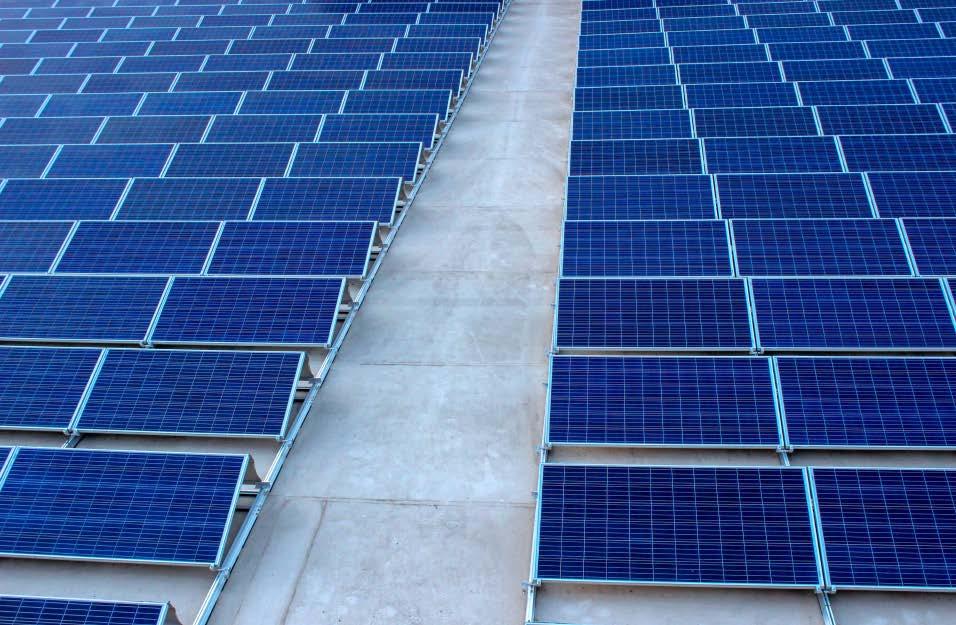
5. Eat sustainable seafood.
Half the fish we eat come from farms. Therefore, making environmentally responsible personal food choices is vital to guaranteeing the future of sustainable aquaculture and fisheries.
As a consumer of seafood, being informed on the source of what’s on your plate, and buying accordingly, can make a lot of difference to how food is grown and manufactured.
Eating from sustainable sources means you are consuming fish that was raised and caught in a sustainable manner, and which doesn’t cause overfishing or damage to the ecosystem.

This in turn supports seafood suppliers who work in the most environmentally responsible way. As a result, you will be encouraging suppliers to steer clear of the unsustainable methods of catching and farming that are damaging the natural world.

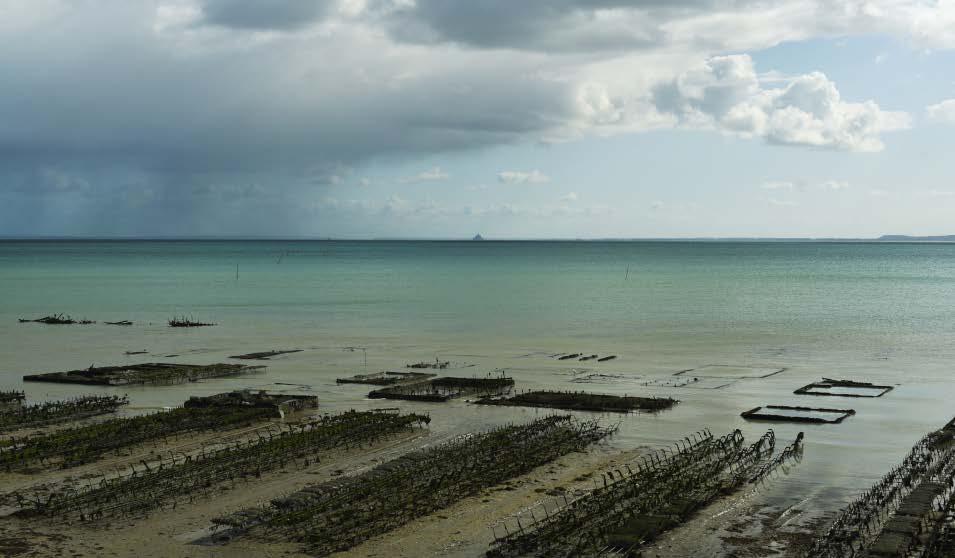
*This article is part of the Sustainable Development Impact Summit of the World Economic Forum, authorship of Rumaitha Al Busaidi, who is the Communications Manager, Middle East of Glass Point Solar. It was originally published through the weforum.org website in September 2018 under a Creative Commons 4.0. Public license. The original version can be found at: https://www. weforum.org/agenda/2018/09/5-ways-to-guaranteesustainable-aquaculture/





